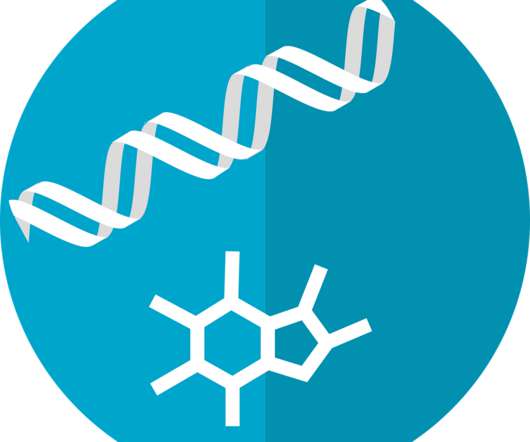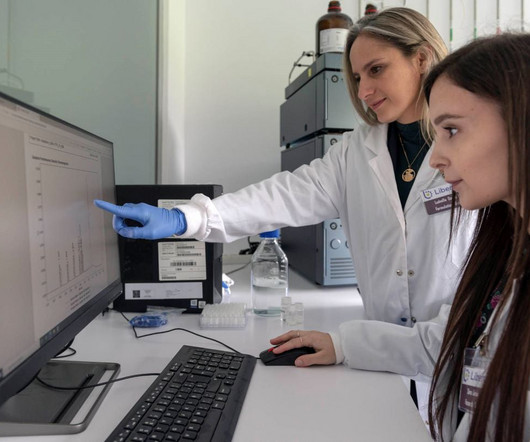Rheumatoid arthritis treated with implanted cells that release drug
The Pharma Data
SEPTEMBER 1, 2021
Louis have genetically engineered cells that, when implanted in mice, will deliver a biologic drug in response to inflammation. “We used CRISPR technology to reprogram the genes in stem cells. The approach allows those cells to remain in the body for a long time and secrete a drug whenever there is a flare of inflammation.”













Let's personalize your content